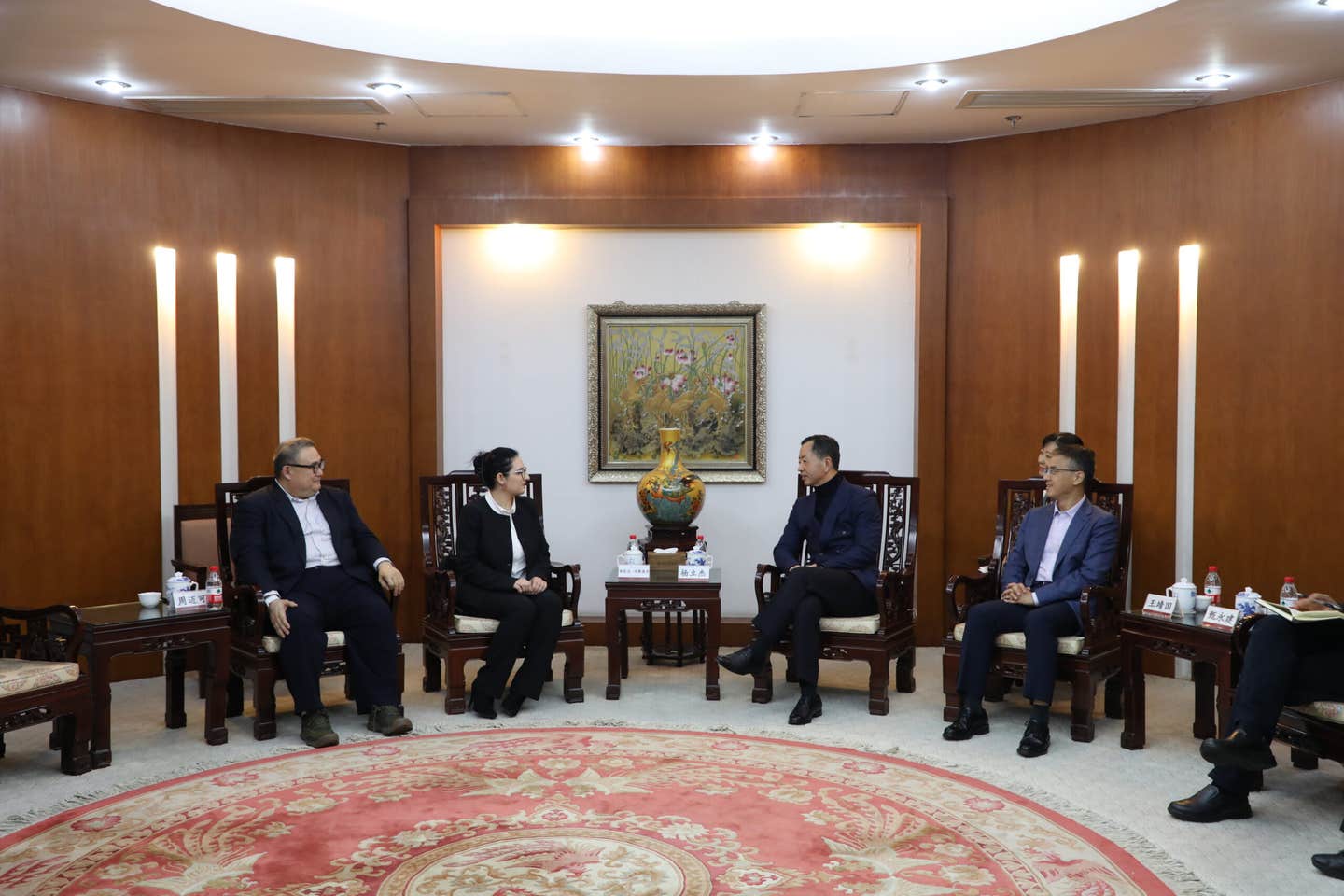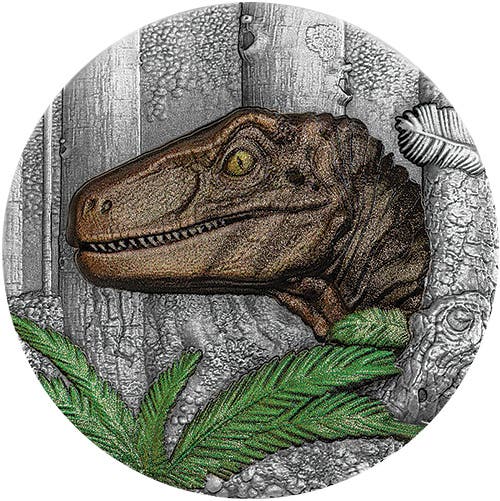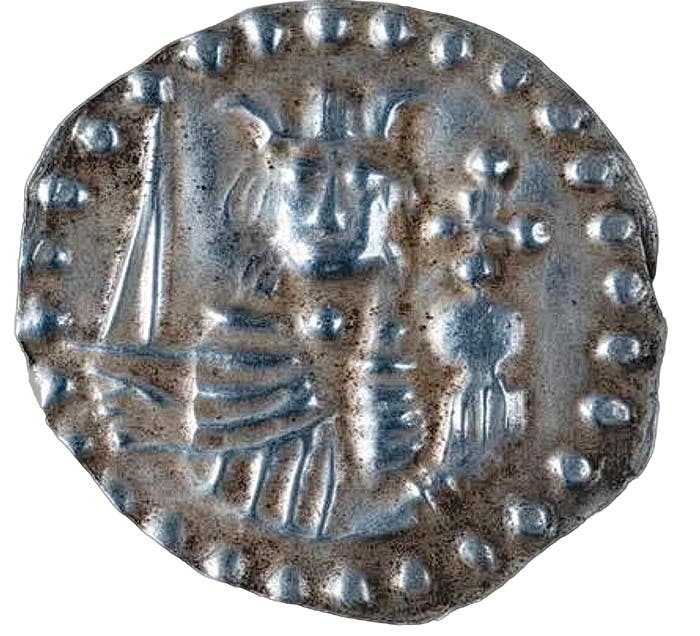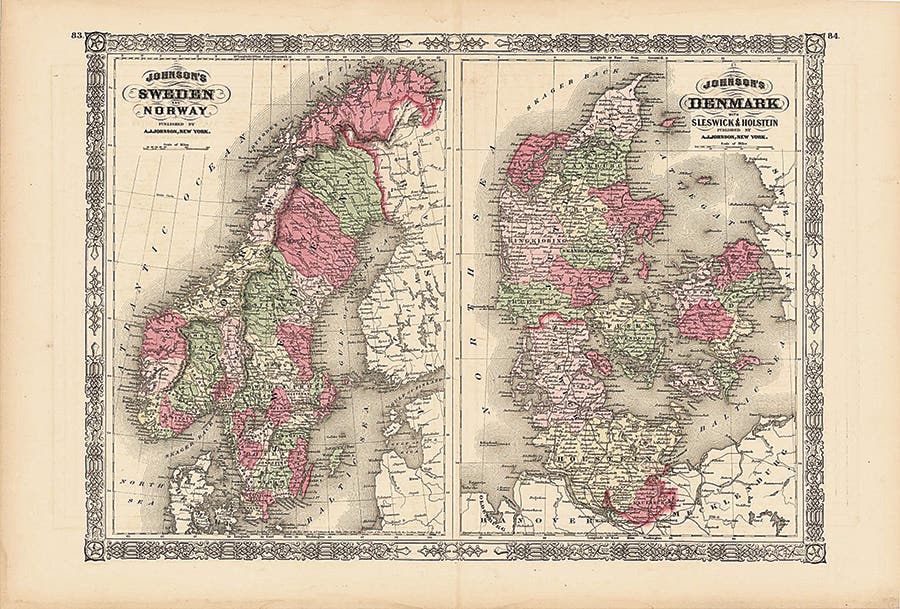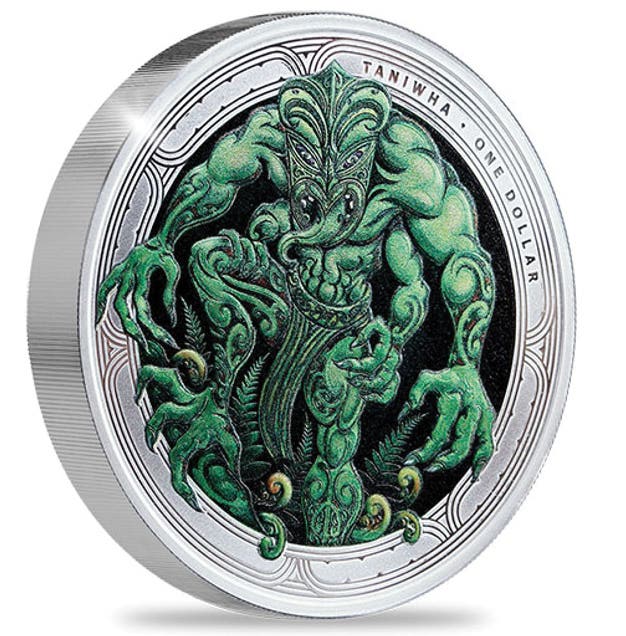Roman dig crowd-funded on website
Social networks, crowd funding, archaeology, and numismatics all rolled into one? It appears numismatic study may not only be going high tech but it is also going mainstream courtesy of…
Social networks, crowd funding, archaeology, and numismatics all rolled into one? It appears numismatic study may not only be going high tech but it is also going mainstream courtesy of DigVentures.com.
Crowd-funded archaeologists in northern Yorkshire, England, are now studying one of the oldest Roman settlement sites in the region, the dig site including a significant find of Roman silver coins. The exact location of the find was not made public until recently due to what the landowner calls night hawkers and unscrupulous [metal] detectorists. The landowner has had at least one person arrested due to the discovery.
What is of particular importance to this find is the involvement of DigVentures, a platform created in 2012 by archaeologists after funding for their projects was reduced by the government and sponsoring universities. The platform is meant to connect archaeologists with worthy projects, help raise money for excavations, and to get local people involved with their local history. DigVentures is a social enterprise registered with the Chartered Institute for Archaeologists (CIfA) and is a CIfA Accredited Field School that crowd-funds the excavation experiences.
According to DigVentures.com, “Digital Dig Team is the first digital archaeological recording system in the world to allow data to be instantly available online. It’s also hooked up to our social networks, so you can follow the team online in real time or come back later and catch up on all the action. Check out the projects below, where you can see everything that happened, what we found, and all the amazing people who joined our team in the trenches – and from home!”
The public was encouraged to get involved through the DigNational Festival held in September in Lindisfarne. This involved excavations and lectures.
The website covers the explorations at Elmsworth Farm in Yorkshire. While the website did not go into detail about the Roman coin find at the time it was examined for this article, the website did cover the discovery of numerous pottery shards, building foundation ruins, and even a 1955 halfcrown found using a metal detector.
Several sources indicated the initial find made about three years ago involved 18 silver coins dating from the time of Roman Emperor Vespasian. While details about the coins was not obtained at the time this article was being written, it is known the emperors Galba, Otho, Vitellius, and Vespasian each struck coins in Roman England during 69 C.E. This is known as the Year of Four Emperors due to the civil war in which the first three sovereigns rose and fell from power quickly. Vespasian would rule from 69 to 79. Gold aureii, silver denarii, and bronze dupondii coins were struck in Britain during his reign.
Vespasian’s oldest son Titus (ruled 79-81 C.E.) continued issuing denarii. Vespasian’s younger son Domitian (ruled 81-96) would issue denarii, dupondii, and bronze composition “as” denomination coins in Britain.
Paul King Robert Hamer and Robin Siddle made the initial discoveries of the coins and the subsequent Roman ruins. King was recently quoted in The Telegraph newspaper as saying, “They call us detectologists … a blend between archaeologists and detectorists because we’re quite knowledgeable. You just want to know about things. How did people live? What did they do? When you pick up that Roman coin out of the ground, after it’s been there for 2,000 years, it still puts tingles up my spine that the last person to touch that coin was a Roman. It’s fascinating.”
Lisa Westcott Wilkins manages the excavation. Wilkins said, “This is one of the earliest Roman settlements in the north that we have discovered to date.”
“All the coins date back to the time of the Emperor Vespasian, when the Romans marched north and established a center at York. Some of the items we have found have been very exciting. These people were burying infants with jewelry – there was a beautiful brooch – which would have been for a cloak. This suggests to us that it was high status.”
DigVentures fieldwork supervisor Chris Casswell has been quoted saying, “It’s quite significant. The Romans came north of the Humber and set up shop in York around 71 C.E. and all of our finds are from that period. We are looking at something at the same time as they were doing that. Just who the villas belonged to is hard to say, but apparently they were rich.”
Perhaps the Romans were rich, but what DigVentures offers to anyone interested in coins and archaeology might be of even greater value.
This article was originally printed in World Coin News. >> Subscribe today.
If you like what you've read here, we invite you to visit our online bookstore to learn more about The Metal Mania Seminar.




